S2, Episode 14: Misconceptions about Pumping
In this episode, Victoria and I discuss
What misconceptions do you hear about pumping?
The flanges that come with pumps will probably not be the right fit for you. Your nipples should glide along the edges of the flange, so the 21 or 24 mm that your pump comes with will probably not be the right size. So, you will most likely need to buy additional flanges.
Another feeding myth is that babies will get nipple confusion; however, it isn’t about switching between bottles and chest / breastfeeding. It’s about the pace at which you feed. Babies should be slow-paced bottle fed.
When should someone begin pumping?
If you’re interested in pumping prenatal, this should be done with your care provider. It should not be done early on in pregnancy or if you are high-risk. The nipple stimulation could cause you to go into labor early.
If you’re planning to exclusively body feed, you don’t need to pump in the first month. There might be medical reasons to pump earlier, but if not, you can wait. You can introduce a bottle around this time as well.
For people who want to pump just for extra milk, how often should they pump?
Most people can pump once per day. It is a good idea to pump at / around the same time every day. Pumping too much will lead to an oversupply, which can be difficult and painful.
For people who are exclusively pumping, should they pump every time their baby feeds? Can they have a long stretch at night or take breaks?
Pumping parents should mimic their baby’s feeding as much as possible in order to meet the needs of their baby. Once your baby takes breaks, you can take breaks. You can combo-feed as well to give a break.
For exclusively pumping parents, it is helpful to note the time that the milk was pumping. Milk expressed during the day is higher in volume and sugar and carbs; at night, milk is lower in volume but higher in fat. It can make a difference in your baby’s sleep.
What are your best tips for engorgement?
If you have engorgement, it is inflammation of cells, and it should be treated like inflammation elsewhere. You can use ice to bring the inflammation down. Next, you need to determine why there is an oversupply.
If you are exclusively nursing, when should you start to pump and introduce a bottle?
If feeding is going well, you don’t need to use a pump before three to four weeks. You can start with one pumping session in the morning: feed your baby then pump 15 - 20 minutes later. Be consistent about the time.
You should introduce a bottle around four weeks; babies will not have nipple confusion, but they will start to prefer a bottle if you don’t make the flow of milk from the bottle mimic the flow of a nipple. Slow-paced bottle feeding is important.
What are your favorite resources?
You can connect with Victoria on her website and Instagram!
Gigi is a childbirth educator, doula, newborn care specialist, and lactation educator. She’s also a mother to three children. Gigi believes there isn’t one perfect way to have or care for babies; she empowers families, streamlining the newborn learning curve, so they can thrive in the fourth trimester and beyond.


